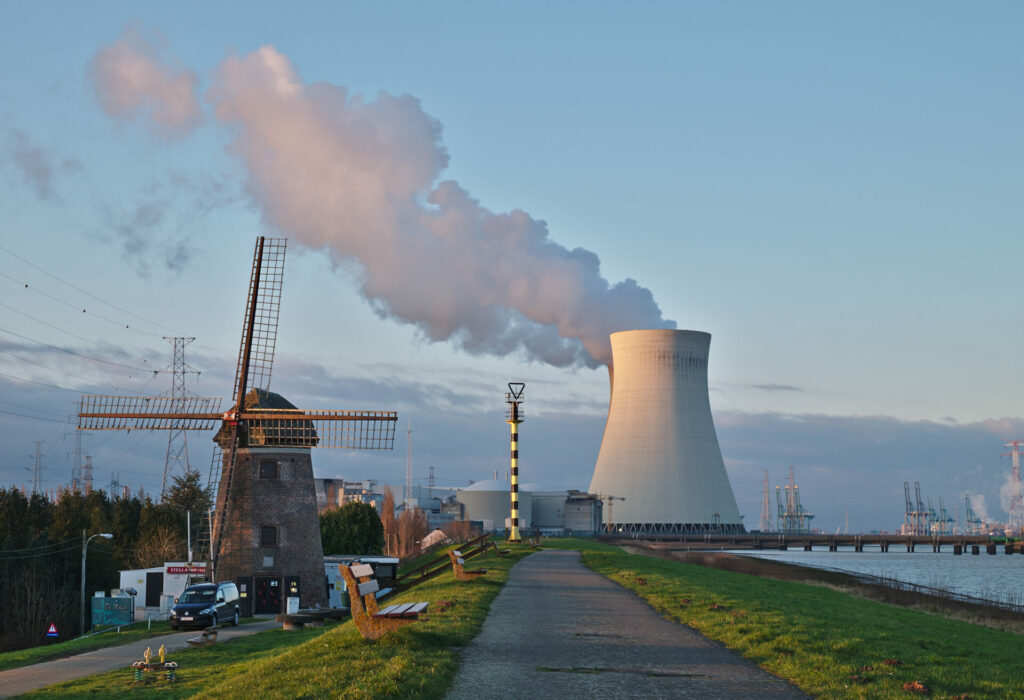Five ‘unforeseen events’ took place at Belgian nuclear sites over the past year, according to data published by the Federal Agency for Nuclear Control (FANC).
Events are ranked according to the International Nuclear and Radiological Event Scale (INES), which classifies incidents in seriousness from 1 to 7 (from minor anomaly to major incident). Anything from level 2 is classified as an incident. From 4, an accident.
This year, four anomalies were reported in Belgium, namely in units two and three of the Tihange 3 power plant and unit four of the Doel power plant, as well as on a site controlled by Belgian nuclear waste management company Belgoprocess.
In November, the Tihange 3 nuclear power plant was briefly closed due to health and safety concerns by the Federal Agency for Nuclear Control, which has since put the plant under tighter supervision.
The origin of one incident, recorded at Tihange 3, is still under investigation. A signal indicated a drop of pressure in the reactor lasting for 50 milliseconds, causing the automatic shutdown of the reactor.
According to information revealed following the incident in the Federal Parliament by politician Samuel Cogolati, on the basis of an internal communiqué from the power plant, the radio waves from a mobile phone may have triggered the incident.
Related News
- Engie disputes extra €3.3 billion demand by Federal Government for nuclear phase-out
- Belgium gives extra funding to prevent nuclear proliferation
One “incident” was recorded, pertaining to a petrochemical company. On 5 May, a subcontractor was briefly exposed to radiation while radiographing a welded pipe. The radiation dose received by the worker was said to be below regulatory reference levels and no direct health effects were observed.
In 2021, eight anomalies and one incident were identified. In 2019-2020, there were six level 1 nuclear events.

